Chinese Army Prepares for FPV Drone Threats
Chinese state media recently aired footage showing People’s Liberation Army (PLA) troops training to defend against weaponized first-person view (FPV) drones. This unprecedented training reflects a growing global concern over these unmanned aerial vehicles.
The video, released by CCTV7, didn’t specify the location or date of filming, but it highlighted the significance of FPV Drones as a mainstream threat in modern warfare. These drones, equipped with cameras providing an immersive cockpit view, enable precision strikes, making them formidable tools on the battlefield.
Indian Army Trains Agniveers with FPV Drones
In parallel, the Indian Army has reportedly integrated FPV drones into the training regimen for Agniveer cadets. This move aligns with the increasing adoption of FPV drones for tactical purposes worldwide.

FPV Drones in Recent Conflicts
FPV drones have already seen action in conflicts like the Russia-Ukraine war and the Israeli fronts against Hamas and Hezbollah. Both sides have used commercial drones modified with makeshift warheads to strike armored vehicles and bunkers, forcing other militaries to develop countermeasures rapidly.
Valerii Zaluzhnyi, former leader of Ukraine’s army, noted the challenges posed by FPV drones, which complicate stealth attacks. These drones have transformed trenches from reliable shelters to vulnerable targets under aerial assault.
The Lethality of FPV Drones
Retired Indian Air Force Air Marshal GS Bedi explains that FPV drones provide real-time video to the pilot, creating an immersive battlefield experience. This perspective offers unprecedented situational awareness and control, making FPV drones highly effective for precision strikes.
FPV drones, often described as “cruise missiles in a backpack,” offer a cost-effective, easily deployable weapon system. They are particularly valuable in urban warfare, allowing forces to inspect buildings, identify threats, and carry out precise attacks.
Countering the FPV Drone Threat
Developing countermeasures for FPV drones is crucial. Strategies include radio frequency disruption, GPS jamming, and lasers to disable drones. Other methods involve kinetic kills, such as Shooting Drones down or using interceptor drones to capture them.
From guerilla fighters to global superpowers, the disruptive potential of FPV drones is undeniable. These drones are not only effective in wartime but also pose significant concerns during peacetime, such as carrying Contraband across borders.
FPV drones merge precision, autonomy, and electronic warfare resistance into cost-effective platforms. Their widespread use could potentially overwhelm traditional air defenses, making them a decisive factor in future conflicts. As militaries worldwide adapt to this new paradigm, the balance of power may shift towards those who can best exploit the capabilities of FPV drones.
DroneXL’s Take
FPV drones are revolutionizing modern warfare with their precision, cost-effectiveness, and ease of deployment. As these drones become more prevalent, the importance of developing robust countermeasures cannot be overstated. The future of aerial combat will likely see FPV drones playing a central role, reshaping strategies and outcomes on the battlefield.
Discover more from DroneXL
Subscribe to get the latest posts to your email.


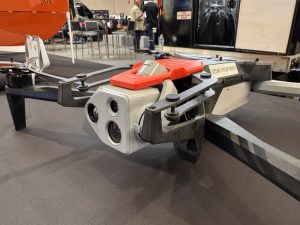
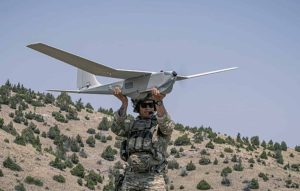



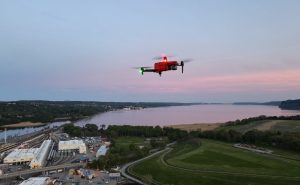
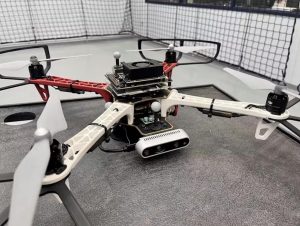
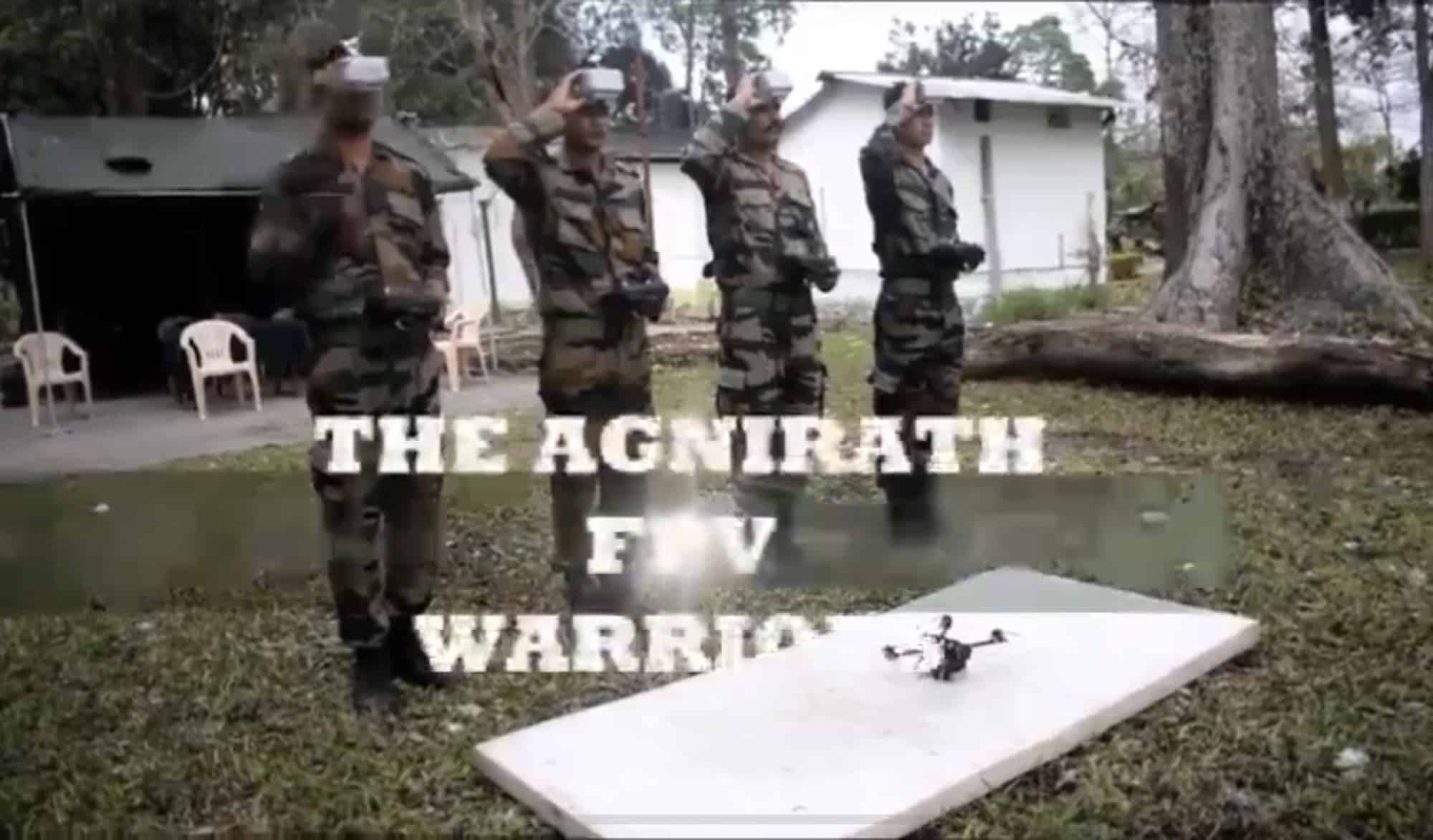
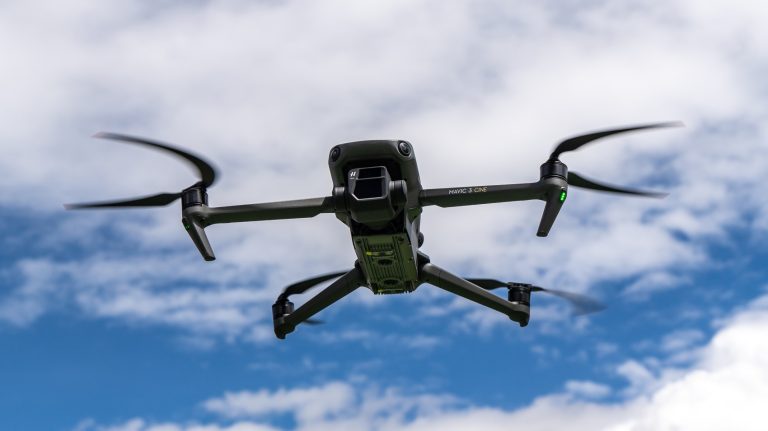
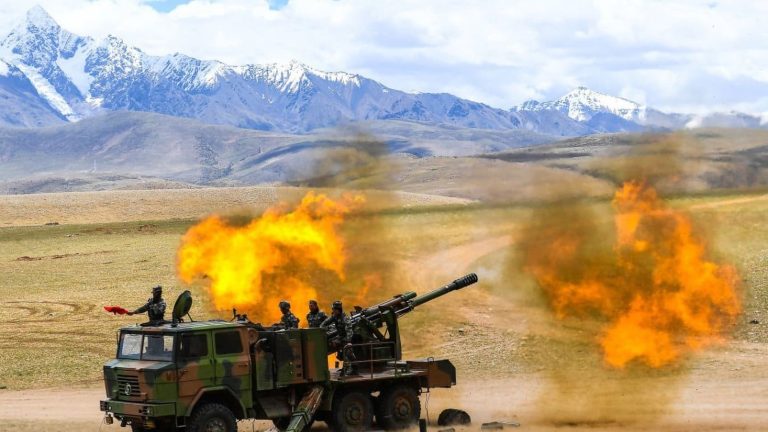
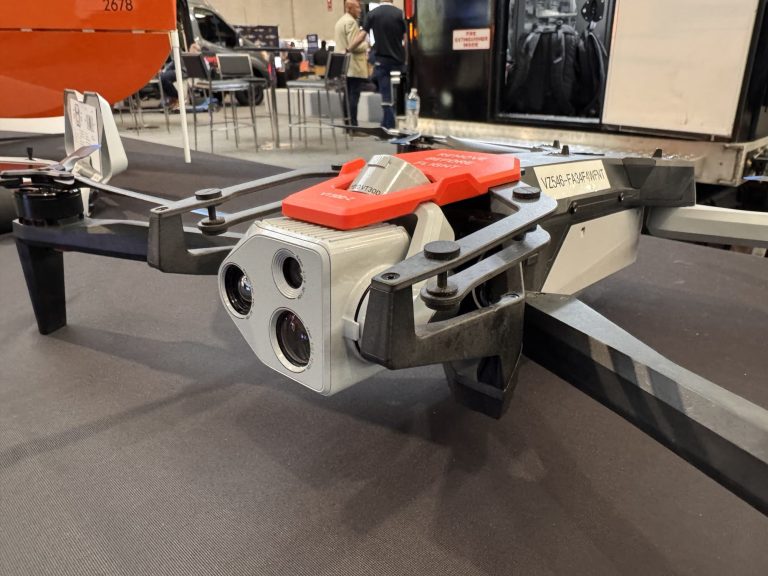

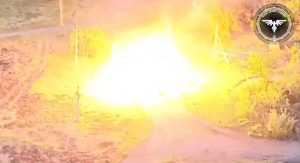
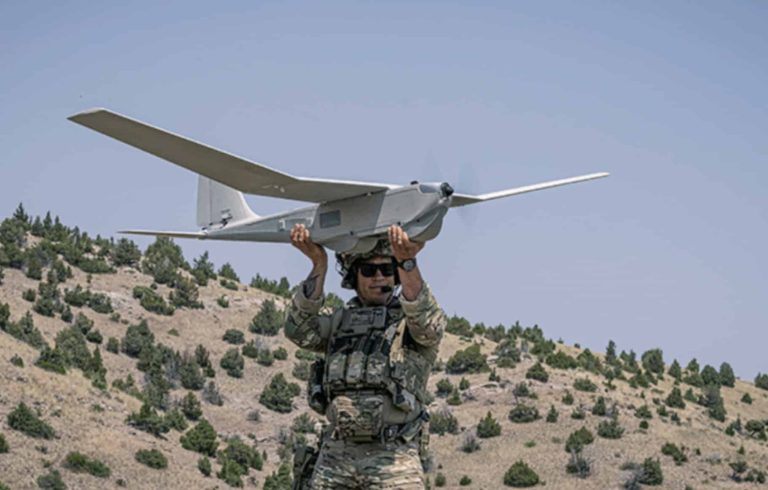


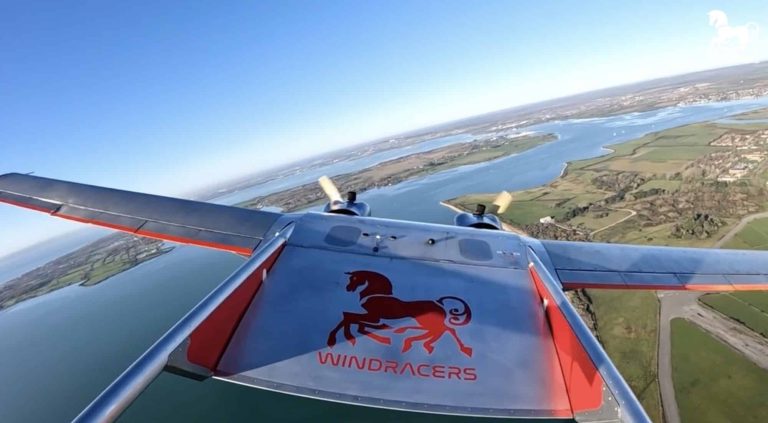

+ There are no comments
Add yours